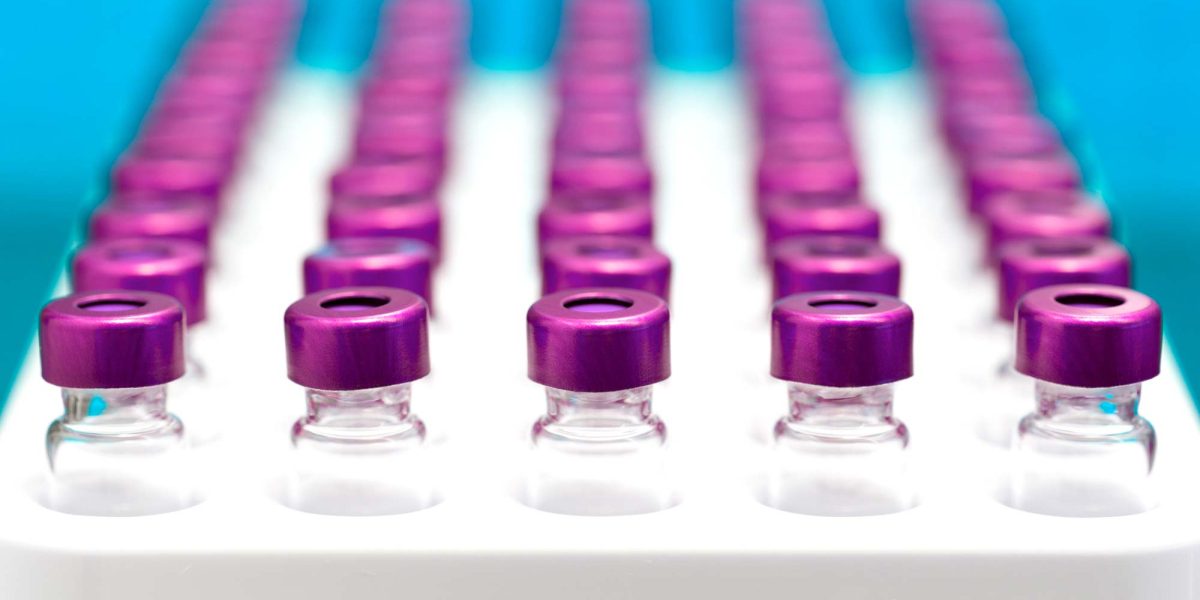USP update: Enclosure selection guide for the compounding pharmacy

There’s been a lot of talk around compounding pharmacies lately with the release of USP <800>, a new chapter that provides guidelines for compounding of hazardous drugs. USP <800> is a broad chapter, providing guidance when handling both non-sterile and sterile hazardous drugs. A significant portion of the chapter, focusing on enclosure selection, can be complex to navigate. So how does one determine what type of enclosure they need in their compounding pharmacy?
It boils down to two questions.
- Are you preparing non-sterile or sterile drugs?
- Do the preparations contain NIOSH-listed hazardous drugs?
Non-sterile, non-hazardous compounding
For non-sterile, non-hazardous compounding, covered in USP <795>, a single HEPA filtered Class I Biosafety Cabinet is typically used to protect compounding personnel, and the compounding area, from a drug powder. Drug powders are trapped on the HEPA filter, and pure air exhausts back into the room.
Sterile, non-hazardous compounding
In sterile, non-hazardous compounding, covered in USP <797>, a clean bench is recommended. It protects and maintains the sterile environment around the compounded product and work area before exhausting back into the room and is more ergonomic than a Containment Aseptic Isolator (CAI).
Non-sterile, hazardous compounding
For non-sterile, hazardous compounding, covered in USP <800>, a specialized balance enclosure or Class I Biosafety Cabinet is required. This can either include a single HEPA filter that is ducted to the outside, or two redundant HEPA filters that exhaust back into the room. It provides user protection during hazardous drug manipulation such as preparation of hormone replacement therapy creams (HRT).
Sterile, hazardous compounding
Finally, in sterile, hazardous compounding, covered in USP <800>, an exhausted Class II Biosafety Cabinet (BSC) is typically preferred. Exhausted models of Class II Biosafety Cabinets come in different formats. A USP <800> Class II BSC for sterile compounding can either be a Type A2 cabinet with a canopy connection to duct outside, a Type C1 cabinet that is ducted to the outside, or the less favorable Type B cabinet that is ducted outside.
Type C1 cabinets provide superior protection for users and maintain a sterile environment in the direct compounding area. Exhausted Class II cabinets provide the best product and personnel protection when preparing sensitive sterile injectables such as antineoplastics/chemotherapies.
No matter what type of compounding you perform, Labconco has your pharmacy covered.
For detailed information on equipment needed to meet USP guidelines, download the PDF: Labconco Compounding Pharmacy Solutions.
| chevron_left | Horizontal vs Vertical LAFWs: Which is Best for my Pharmacy? | Articles | Willing warriors continue the fight against breast cancer | chevron_right |






